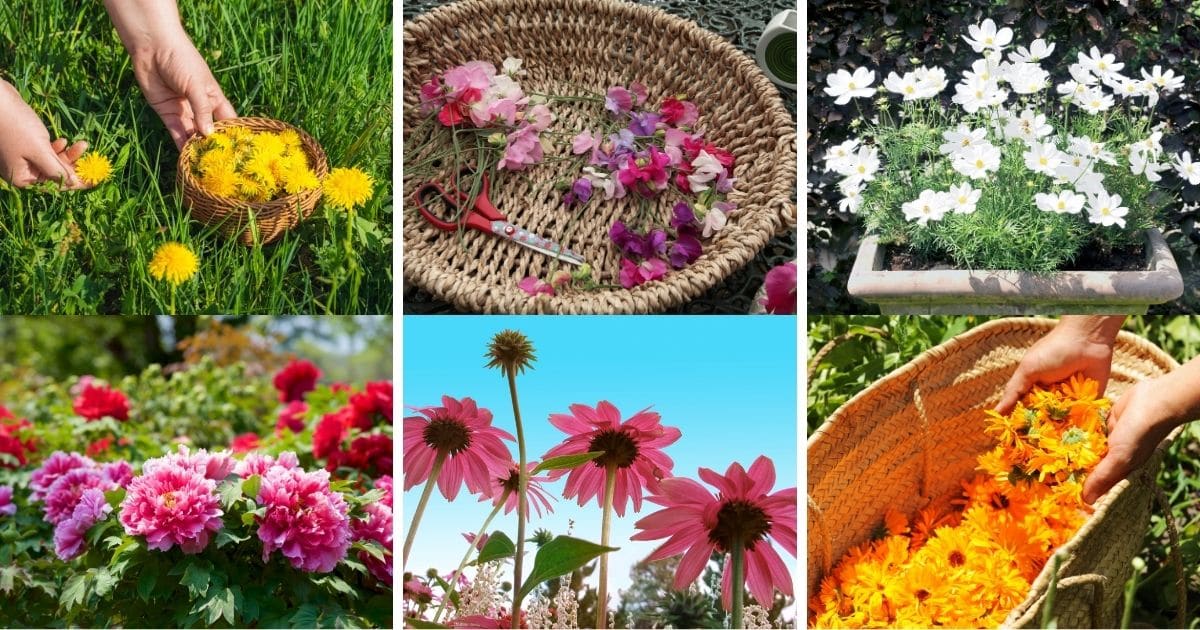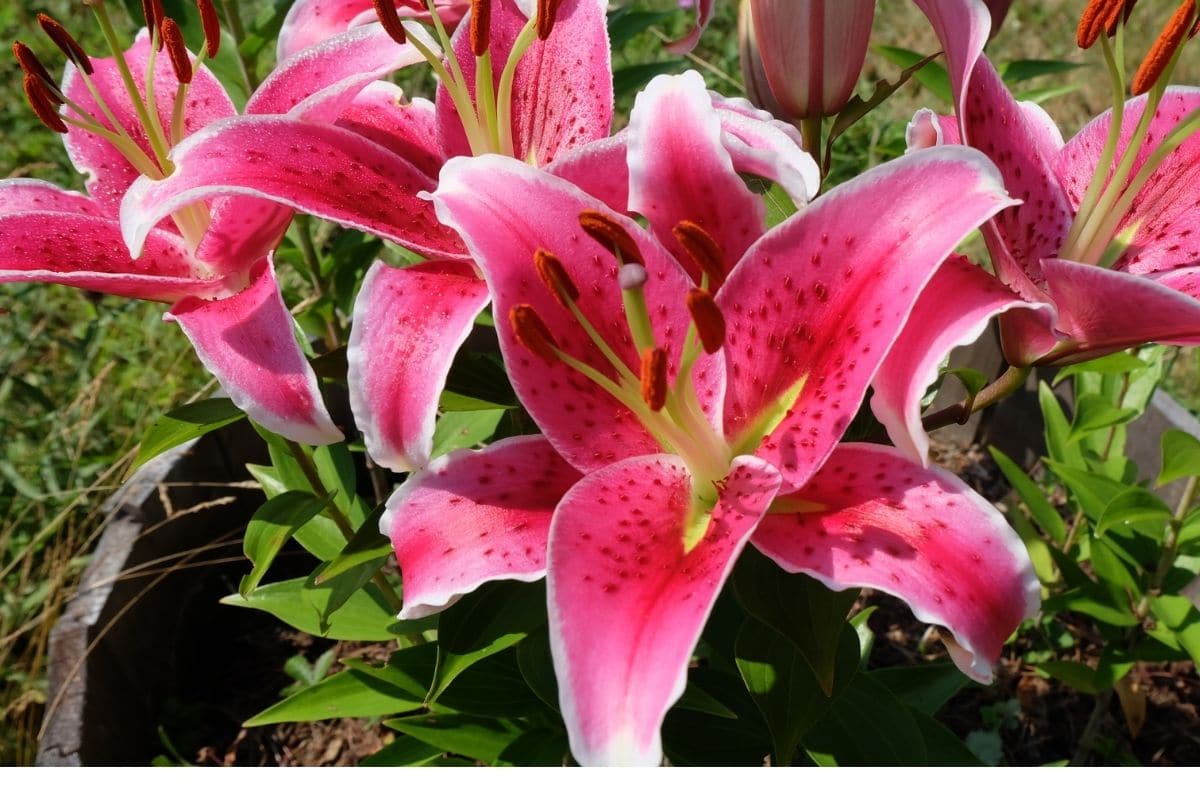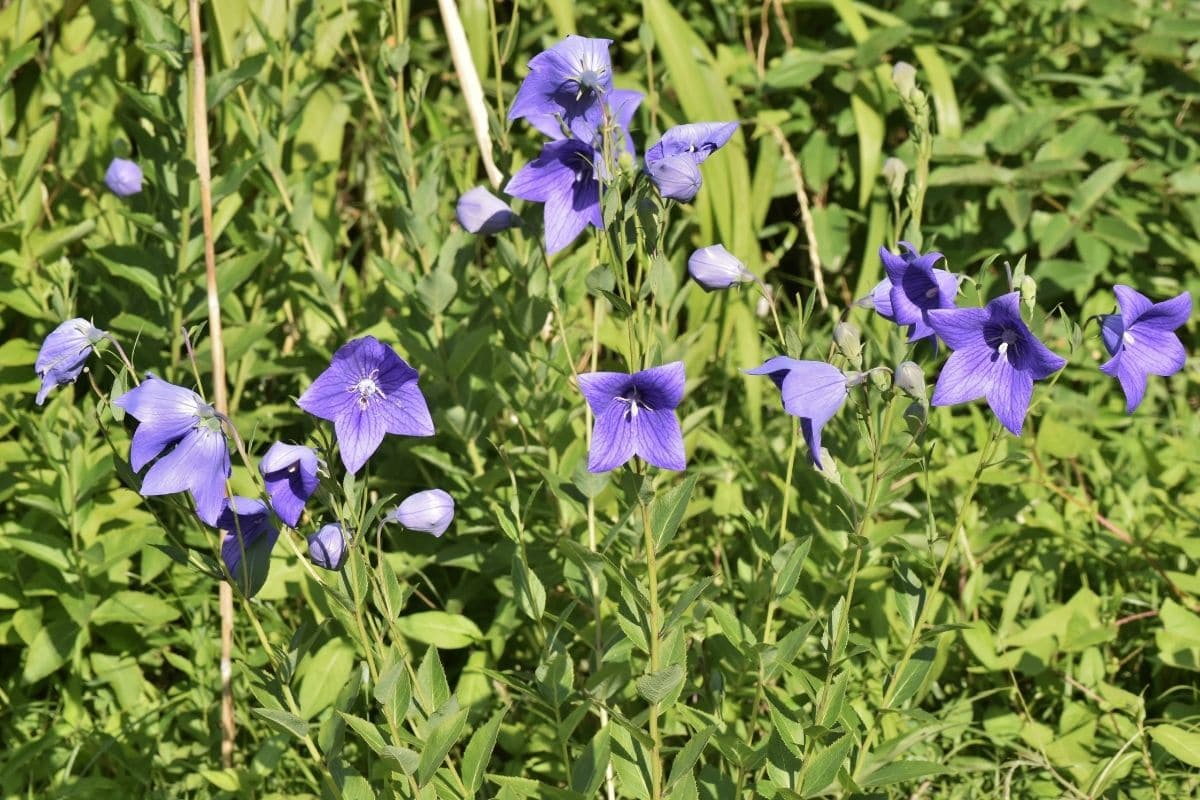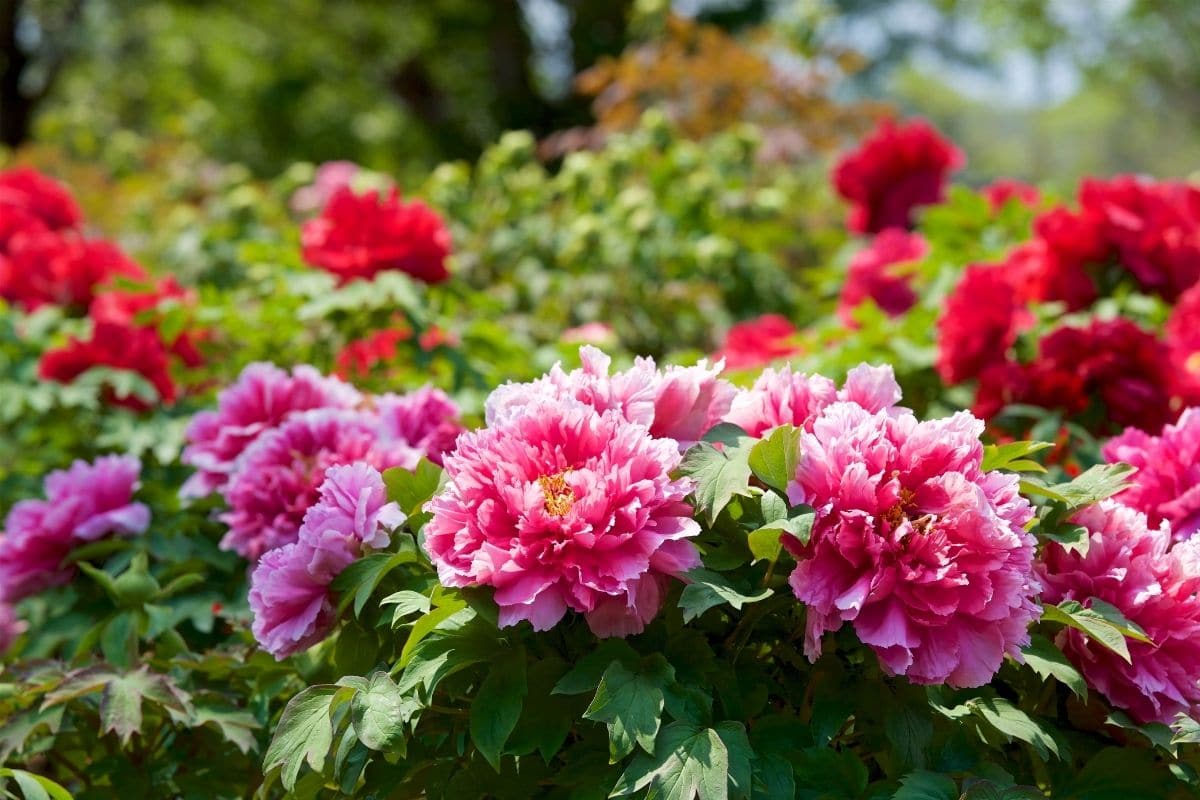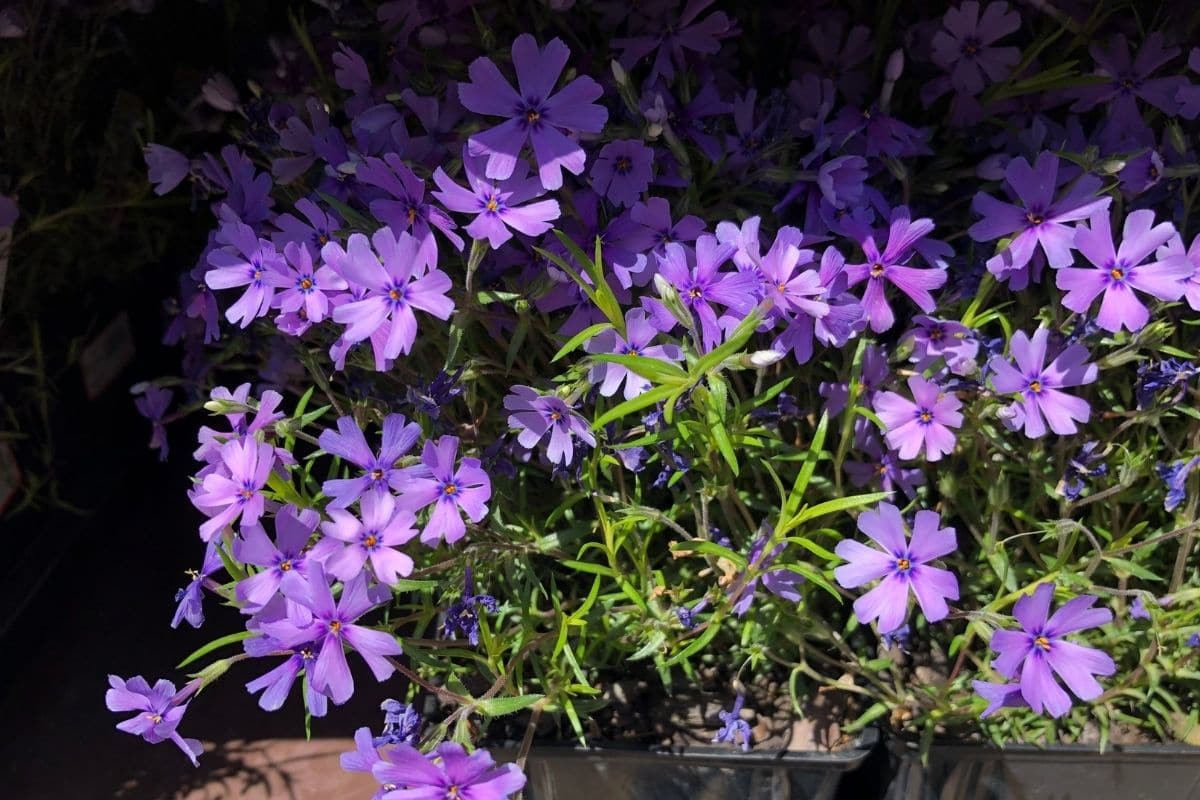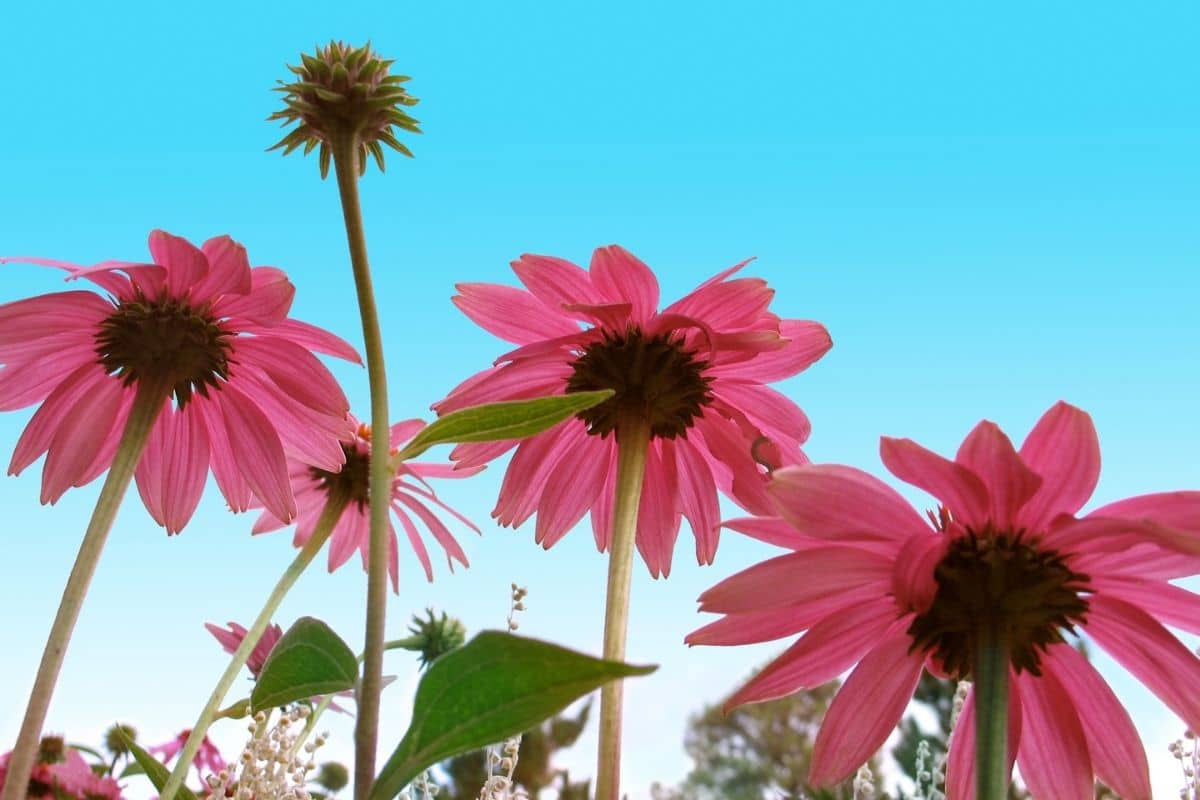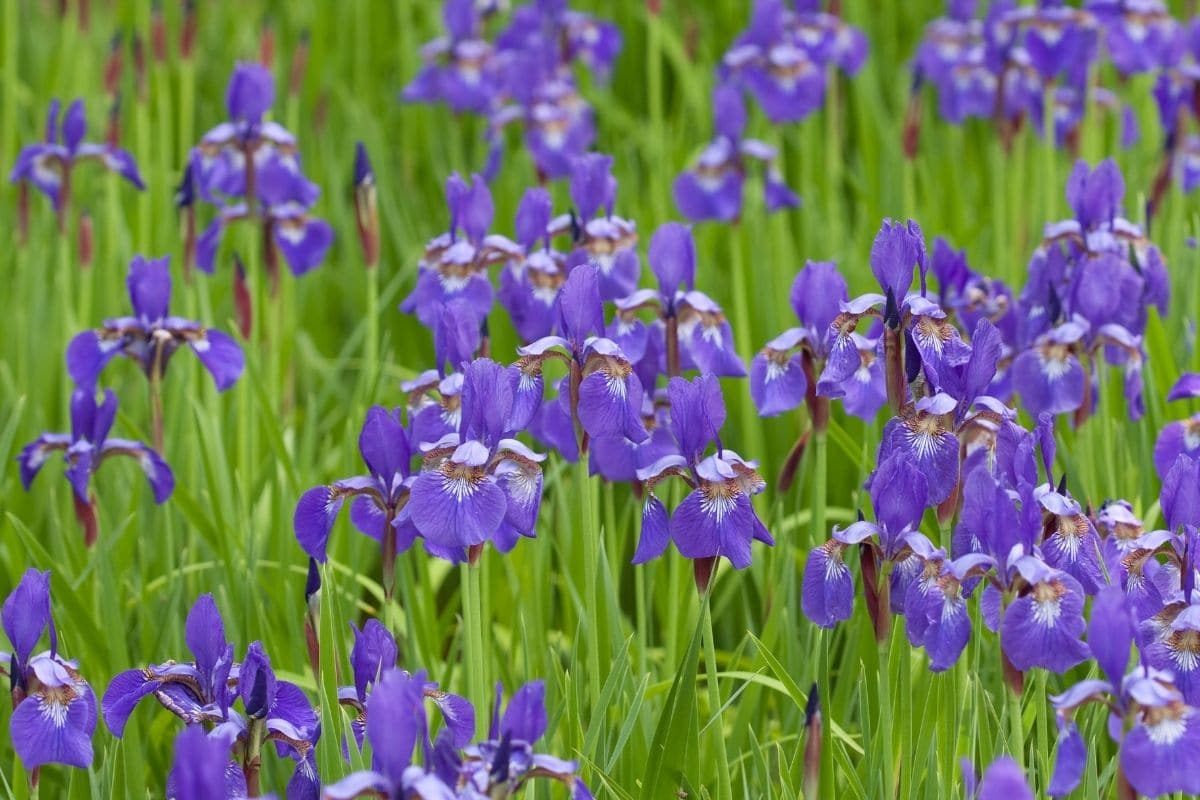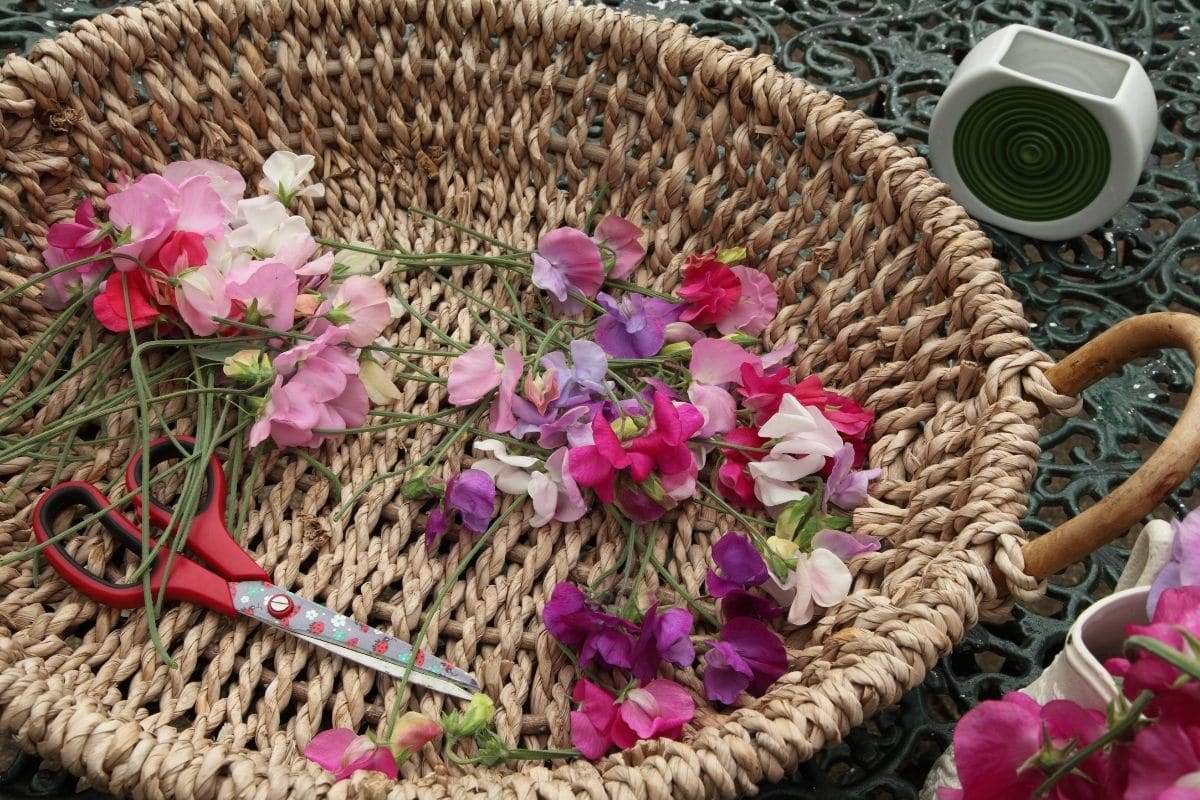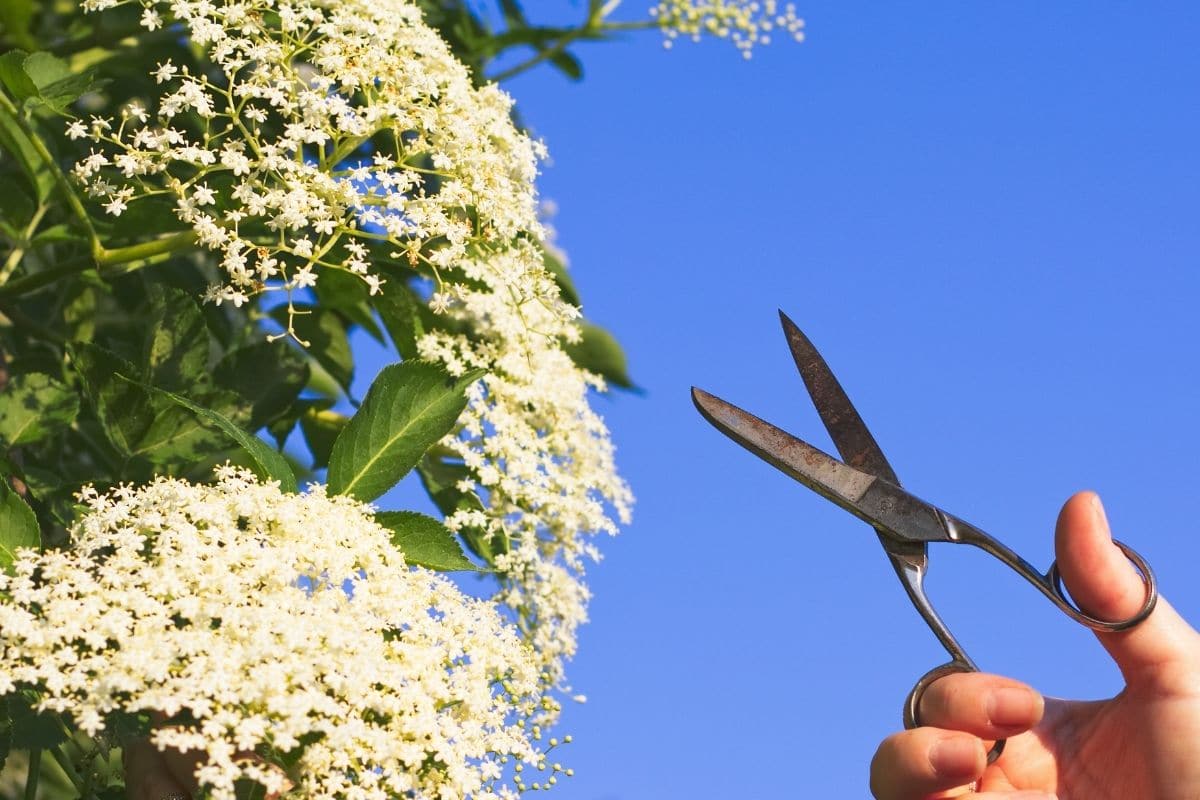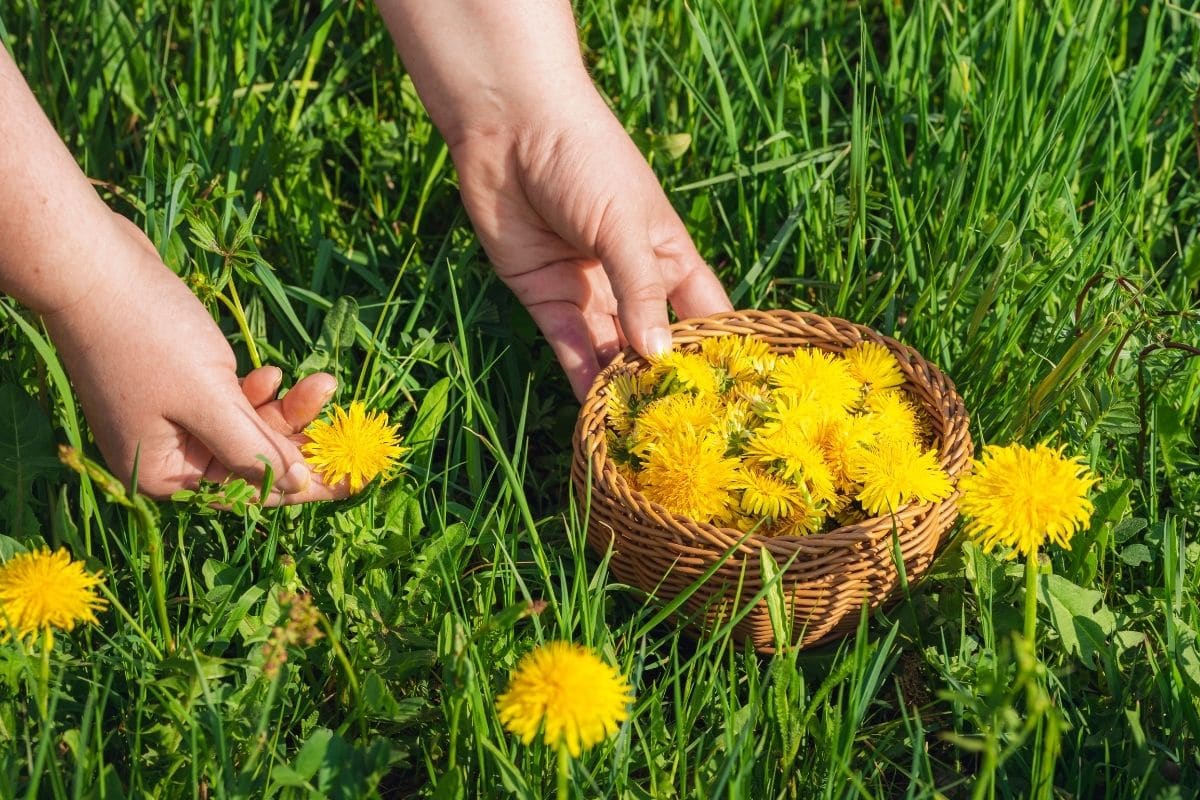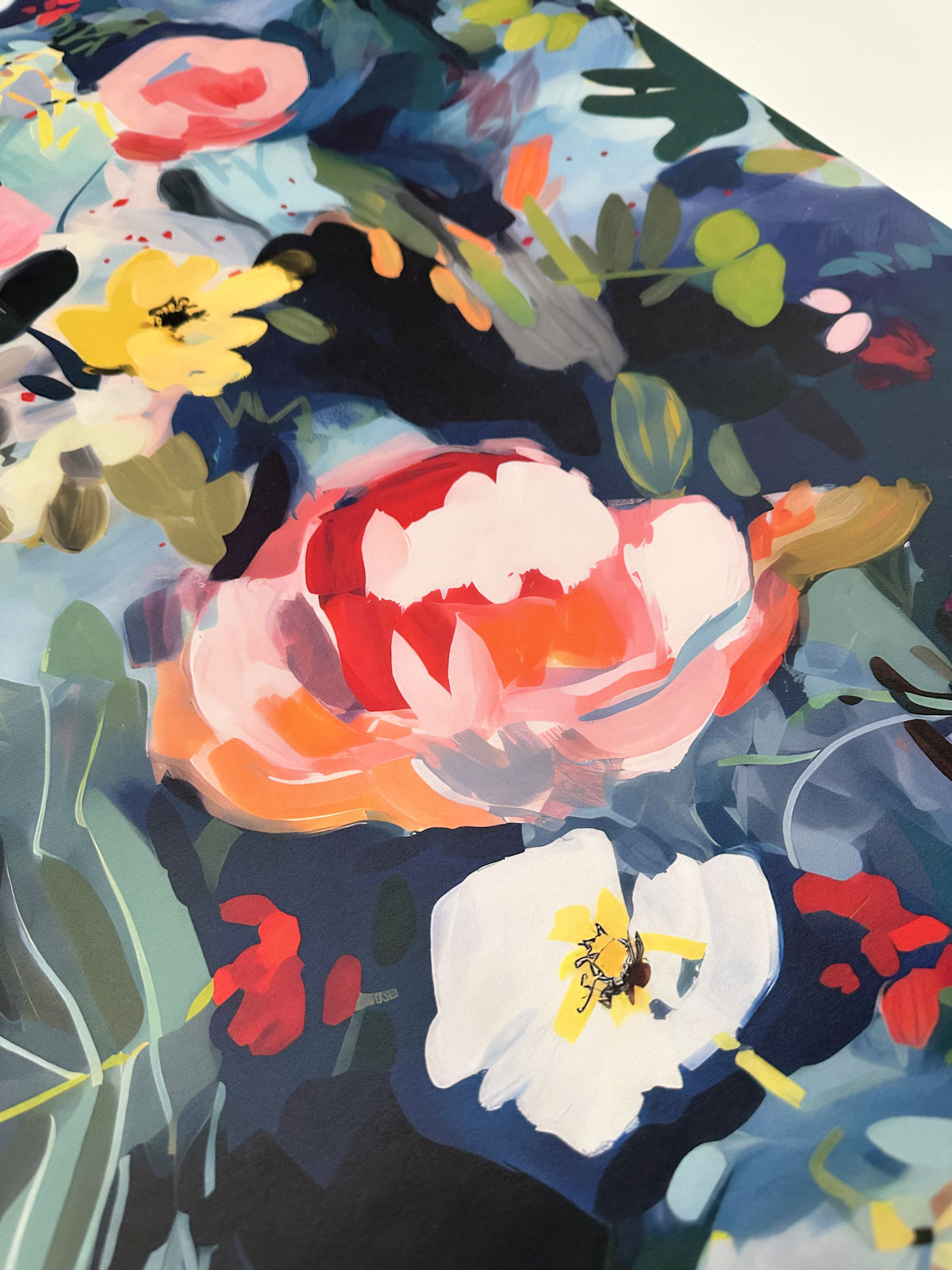Cutting gardens are popular among gardeners who love fresh-cut flowers and those who make flower bouquets. There are plenty of options when it comes to a cutting garden because you can use any plant that continues to produce blooms throughout its growing season. While many cutting gardens are comprised of annuals—plants that only live through one growing season—there are also many good perennial options that will come back year after year.
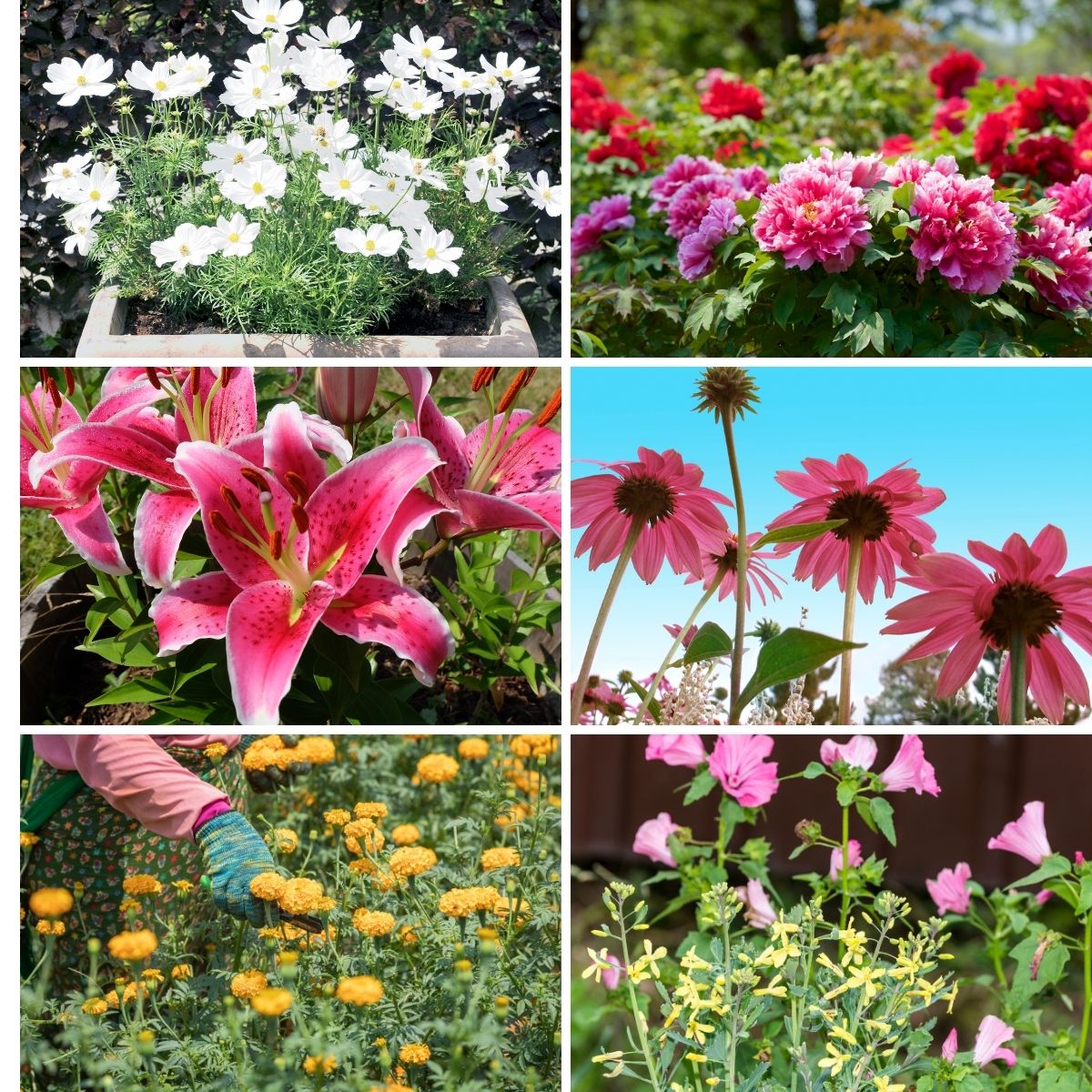
When choosing flowers for your full-sun perennial cutting garden, the main priority should be planting flowers that you enjoy—and maybe some of your family or friend’s favorites to share. Another thing to watch out for is that while many flowering plants bloom throughout the growing season, some may become damaged if too many flowers are cut off at once. Therefore, be sure to budget how many flowers you are going to want and plant enough of those types accordingly.
Full Sunlight Perennials for an Endless Cutting Garden
Not all flowering perennials bloom at the same time, so when planning a cutting garden, it is best to plan accordingly. If you want to keep fresh flowers around throughout the growing season, you will want to choose some flowers that bloom in early spring, others that bloom in the middle of summer, and possibly some that continue to bloom into early fall.
You may want to plant these staggered blooms in close proximity to each other to keep your garden area or landscaping looking nice for the entirety of the growing season. Here are some more luminous perennial flowers that bloom all season long. So beautiful!
1. Stargazer Lilies
Stargazer lilies, along with many other oriental lilies, are some of the most popular perennials grown for cutting and are often used in bouquets, weddings, and for home decoration. These flowers have vibrant and bold colors and can be found in a range of pinks and yellows and in white.
Stargazer lilies also have a wonderful fragrance that sticks around for a decent amount of time even after the flowers have been cut. The blooms are generally around four to five inches in diameter and are sure to make a statement wherever you place them.
Stargazer lilies will bloom throughout the summer months, providing beauty and fragrance both in the garden and on your kitchen table once cut. These flowers can be grown between growing zones three through nine as perennials and do best in full-sun locations. As an added benefit, they are also drought-resistant and fairly disease-resistant, leaving you with little to worry about when growing them.
If you want to add more to your garden, check out this list of drought-resistant plants that thrive.
2. Balloon Flowers
Balloon flowers are another beautiful perennial for your full sunlight endless cutting garden. While not as well known, these flowers are starting to become more popular as gardeners realize how easy they are to care for in exchange for beautiful blooms all summer long.
They are called balloon flowers based on the way the blooms bubble up and expand before opening their petals—a fun show to watch! While these flowers are most commonly found in purple, they also come in pink and white.
The ideal growing zones for balloon flowers are between zones four and nine—they will grow as perennials here if cared for properly. When grown as cut flowers, it is best to cut the flowers when they are in the balloon stage, before the petals have opened.
If you are cutting them as a centerpiece, it can be fun to bring them inside at this stage and watch them open in your home. In addition to being beautiful flowers, they also attract birds and pollinators.
The sentimental blue balloon flower is my personal favorite. There are other great varieties to choose from, so make sure you check to find the one you prefer.
3. Peonies
Peonies are a popular perennial, one that many gardeners have had around for a long time due to the long lives these flowers can have—sometimes over 100 years! These flowers have a light fragrance that is perfect for the gardener who loves to smell her flowers yet doesn’t want the overwhelming fragrance of more potent flowers.
Peonies come in a variety of colors including pink, purple, white, yellow, and red, giving you plenty of options to choose from. Be careful not to cut these flowers too often or too low, though, as this can harm the plant and prevent it from coming up another season.
Many varieties of peony will start to bloom in the spring, adding some color to your garden early in the season. These blooms should continue into summer, closing up shortly before fall begins.
The best growing zones for these flowers are between zones three and eight. When planting peonies, make sure you start them in a location where they can establish themselves to come back year after year; they do not generally transplant well if you decide you need to move them in the future.
Some of my favorite peonies are below:
Peonies are definitely on my list of favorite pink perennial flowers to add to your garden. You might also like some of these purple perennial flowers as well!
4. Bellflowers
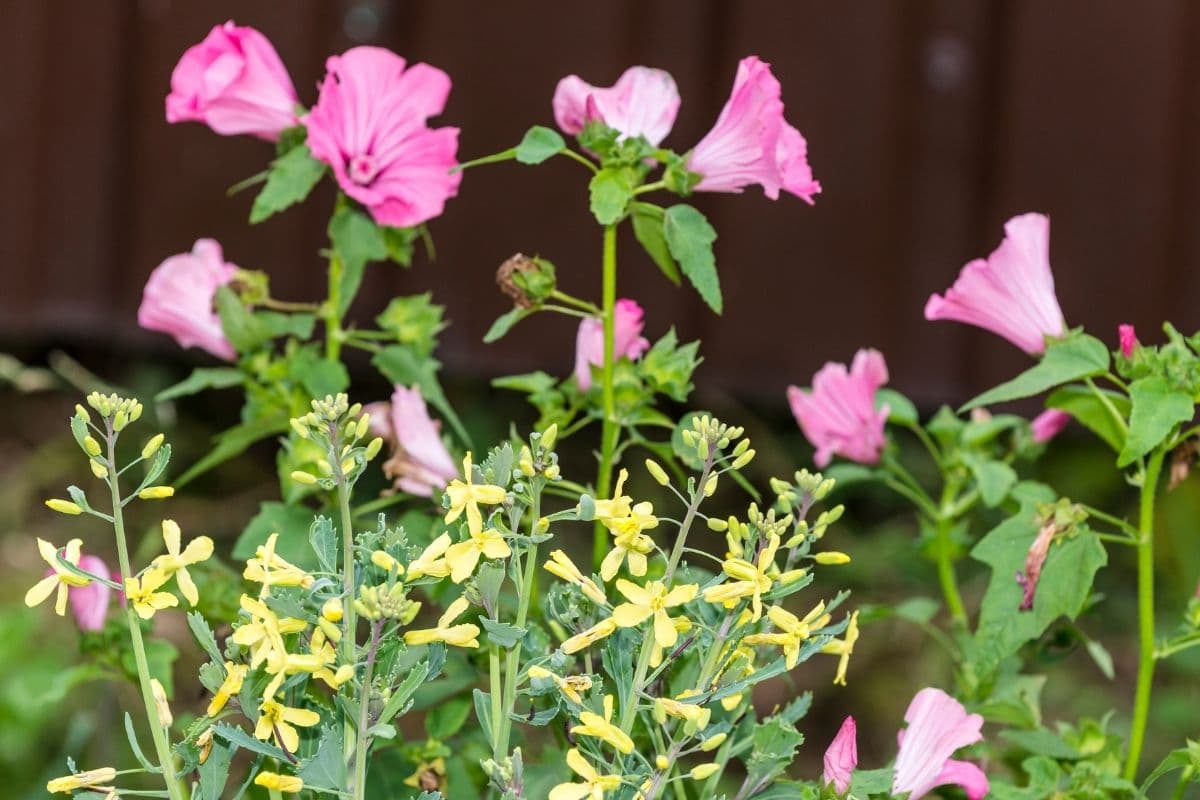
Growing bellflowers in your cutting garden will bring an abundance of colorful flowers—more than you probably have a use for unless you are an avid bouquet maker!
These dainty flowers aren’t very large, but the high quantities of blooms per plant make up for their size. Bellflowers were given their name based on the shape of the flowers when they are in bloom—they form in a bell-like shape. These flowers come in blue, purple, pink, and white.
Some of my favorite options are the Takion White Peachleaf Bellflower and the gorgeous Rapido Blue Carpathian Bellflower.
Not only does each bellflower plant produce high numbers of blooms, but these blooms have a long season. You can expect to find bellflower blooms starting in spring and continuing throughout the summer.
To grow as perennials, zones three through nine are best to keep your bellflowers coming back each season. These flowers are also drought tolerant and have the added bonus of being low maintenance.
When planting these, make sure you are avoiding these perennial gardening mistakes so you have the best harvest.
5. Phlox
There are two primary varieties of phlox, and both make great additions to your perennial cutting garden. The first variety grows vertically, showing off its flowers in all directions. The other variety grows as a ground cover, keeping its flowers and foliage low to the ground.
Whichever variety you decide to go with, the flowers that bloom will be small and grow in clusters, giving the appearance of a few very large flowers growing on the plant. These flowers also give off a nice fragrance and often attract butterflies and birds.
Phlox has a decent growing zone range and grows as perennials in zones two through nine. These flowers will start to bloom in the spring and into early-summer, finishing off about midway through the summer months. The flowers that bloom can be found in white, blue, pink, purple, and red and grow in star-shapes.
There are truly dozens of varieties, but some of the more popular options are below. Definitely add a few colors to your garden for variety. You will love the brilliant blooms they create!
6. Coreopsis
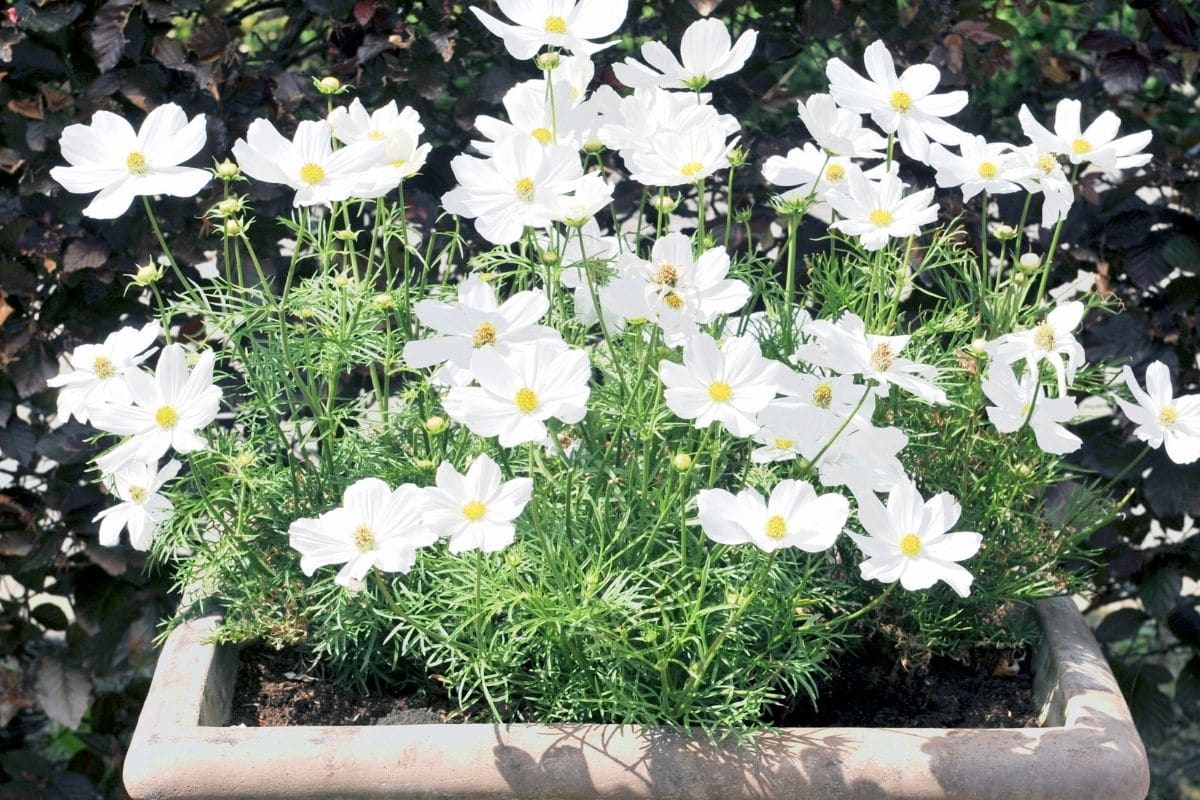
Coreopsis are popular flowers that help give your garden a wildflower-type look. The flowers that bloom is a vibrant yellow accompanied by thin, green foliage—they can occasionally be found with orange blooms as well.
Coreopsis are not only perennials, but they are also efficient self-seeders, meaning they are likely to produce offspring in the near vicinity each season. They are also long-lived plants, so make sure they are a flower you like before planting too many in your garden.
You can expect your coreopsis flowers to start blooming in early summer and continue through the beginning of fall, providing your garden with some extra color before going dormant for the winter. The best growing zones for coreopsis if you want to grow it as a perennial are zones three through nine. The flowers attract butterflies along with other beneficial insects and have the added benefit of being drought resistant and relatively carefree.
My favorites are the bright yellow Lanceleaf Coreopsis and the Coreopsis Creme Brulee flower. You might also like this Big Bang Cosmic Eye Coreopsis because it looks like a miniature sunflower. If you are a fan of the wildflower look, check out these weeds and wildflowers you can eat! How amazing is that?
7. Coneflowers
Coneflowers are very hardy flowers that become especially hardy once well-established. These flowers come in pink, purple, red, white, yellow, green, and orange and have large centers that protrude from the petals. Coneflowers can grow between two and four feet tall, leaving their flowers towering above most of the rest. The foliage of the coneflower is generally a dark green that contrasts against the vibrant colored flower petals.
Some of the colors you can find are white, pink, orange, red, yellow, and purple. My favorites include the always classic White Swan Coneflower and the brilliant Sombrero Sangrita Coneflower. You might also like the subtle color of the Ruby Star Coneflower or the mixture of the colors in the Cheyenne Spirit Coneflower.
Coneflowers are a good option if you are looking to plant cutting perennials that will bloom at different parts of the year, as these flowers stay in bloom for an unusually long time. Coneflowers will usually start to bloom in midsummer and continue through fall—even though
some fall frost if you happen to get some. The zones where you can plant these flowers as perennials are zones three through nine. Particularly once established, coneflowers are low maintenance flowers that are also drought-resistant and attract birds and butterflies.
8. Irises
There are many different varieties of irises, many of which make great perennial cutting flowers. Some of the more popular cutting varieties are bearded irises, although they are not your only choice.
These flowers come in a variety of different colors including purple, blue, red, orange, yellow, pink, white, and multicolored. These flowers are very picky when it comes to sunlight, and they require full sun in order to bloom.
Most varieties of irises bloom throughout summer, with peaks at the beginning and end of summer. The ideal growing zones for these flowers to grow as perennials are zones three through nine.
They are another perennial cutting flower that requires little maintenance to produce beautiful and lasting blooms, making them a popular choice for many. Irises are also a good choice for attracting butterflies and hummingbirds. If you like hummingbirds, you may also enjoy these flowers that attract hummingbirds to your garden.
My favorite iris options are below:
How to Cut Flowers
Although cutting flowers may seem like a simple enough task, there are some good practices to follow to ensure that you do not harm the plant and to ensure you are going to have your cut flowers in bloom as long as possible.
Don’t Over Harvest
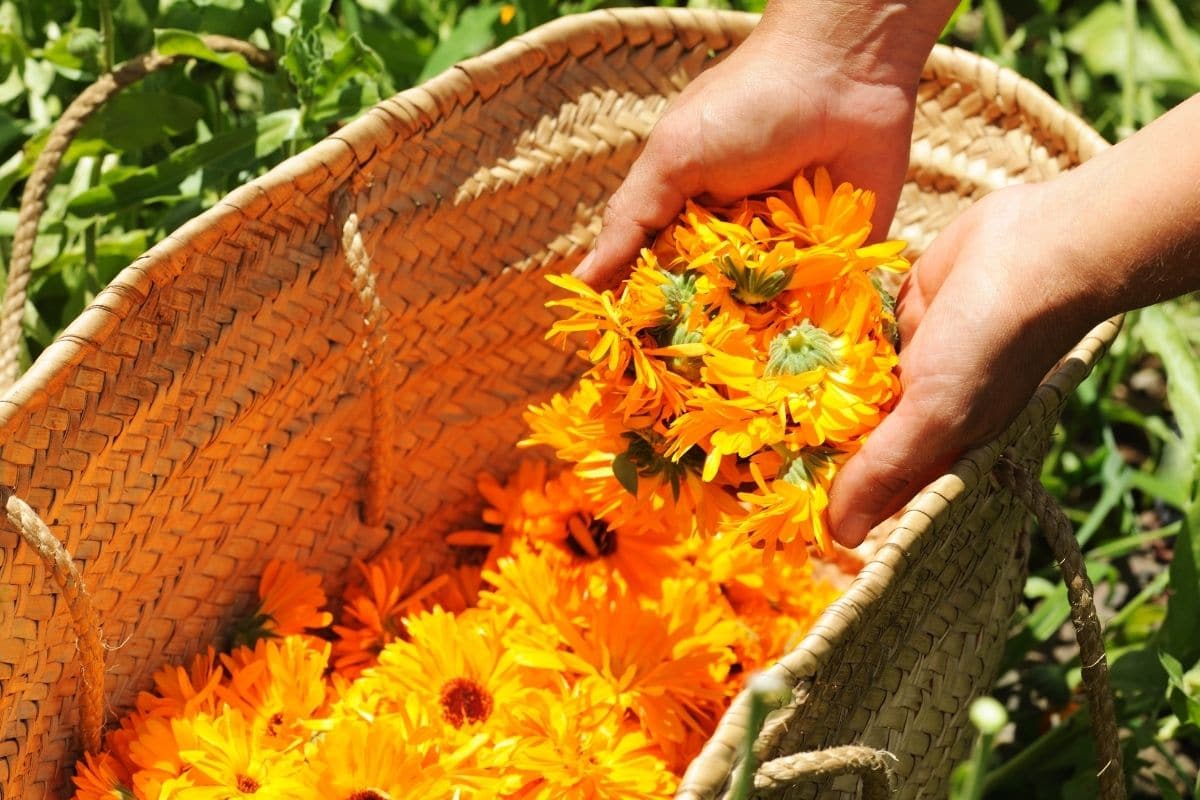
To keep your perennials healthy and happy, make sure not to over harvest the flowers. Too much cutting on a plant can cause trauma that may weaken the plant or even cause it to die, meaning it won’t come back the next season to produce more flowers. It is a good rule of thumb to never take more than a fourth of the available flowers at a time, although this can vary from plant to plant.
If you notice your plant starting to wilt after a heavy cutting, you may want to provide some extra water and fertilizer and leave it alone for a little while to heal before attempting to remove more flowers.
Cut at an Angle
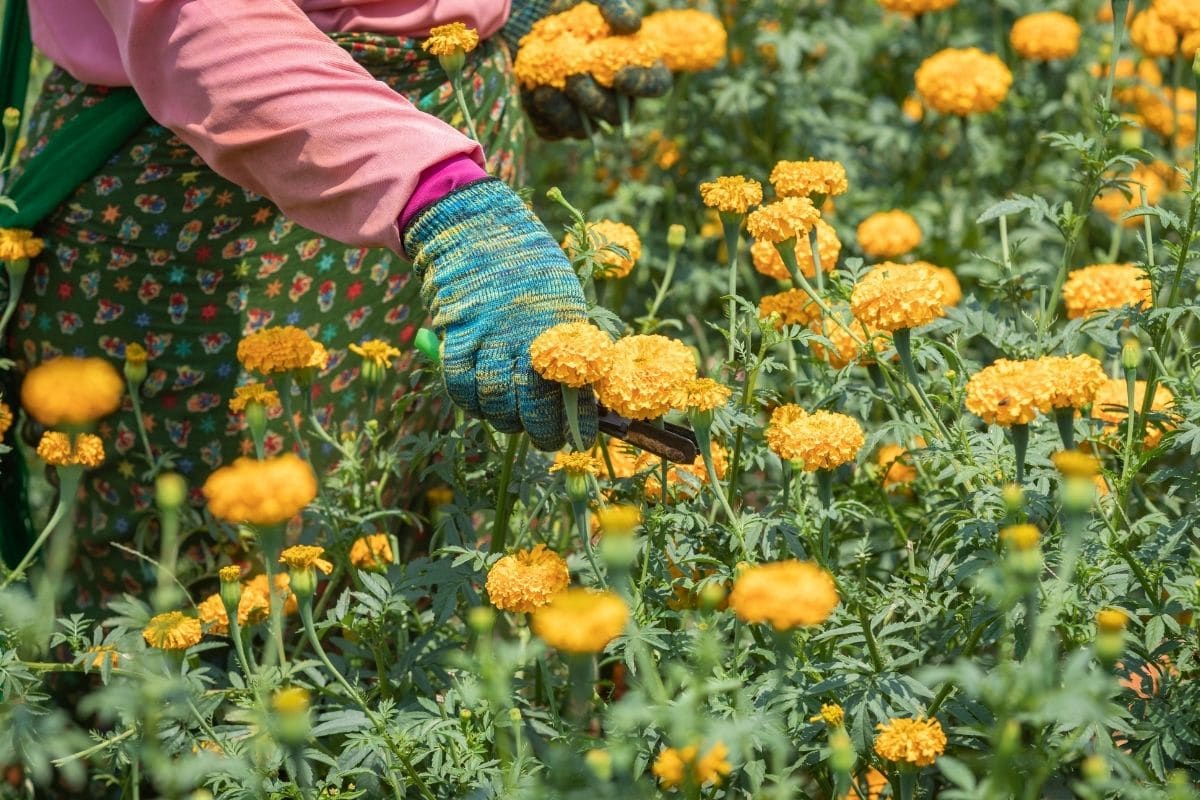
When removing flowers, it is usually best to use gardening shears or scissors to reduce harm to the plant. It is best practice to cut your flowers off at an angle of approximately 45 degrees. Cutting at an angle will help your cut flowers absorb water once placed in a vase. Regularly cutting the stems after the initial cut can continue to help the flowers take in water and last longer.
Cut Early, or Late
To keep your flowers from wilting early, make sure to pick them either in the morning or in the evening. Your flowers are more likely to have the most available water at these times, giving them the boost they need to survive once cut for a little bit longer. During the heat of the day, the plant may be low on water intake, causing any cut flowers to wilt at a faster rate than they would have otherwise.
Know When to Harvest
To ensure that your cut flowers stay nice-looking for as long as possible, it is best practice to pick them either right before or right after they bloom. Whether the flowers are still on the plant or in the vase, the blooms have a limited amount of life in them; therefore, you will want to maximize that life after they are cut if you plan on using them in a bouquet or as a decorative piece in your home. Some flower blooms will last longer than others, so do your research beforehand to better understand how long certain blooms will be expected to last once cut.

